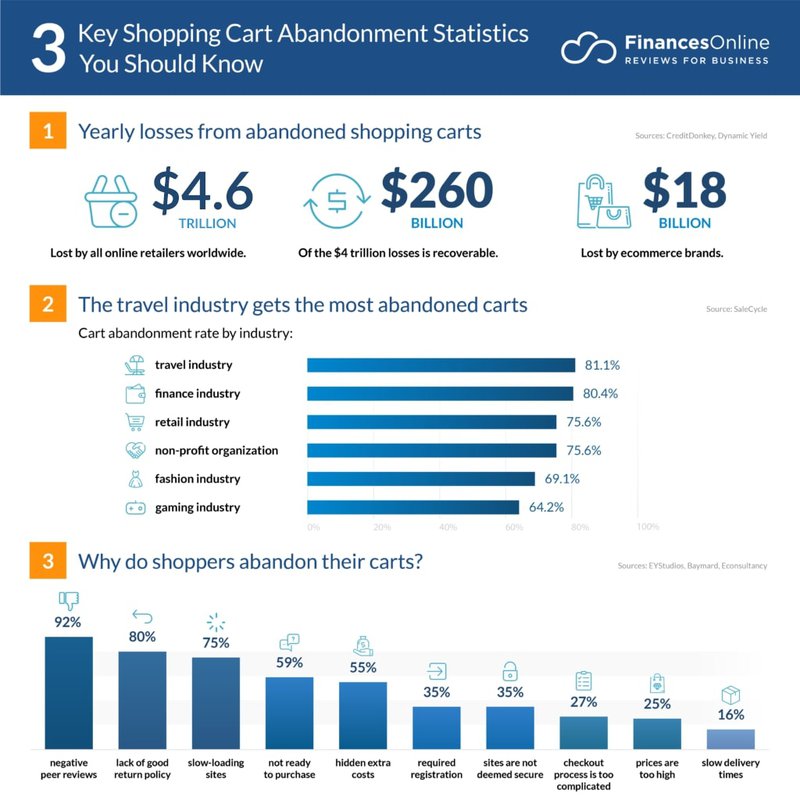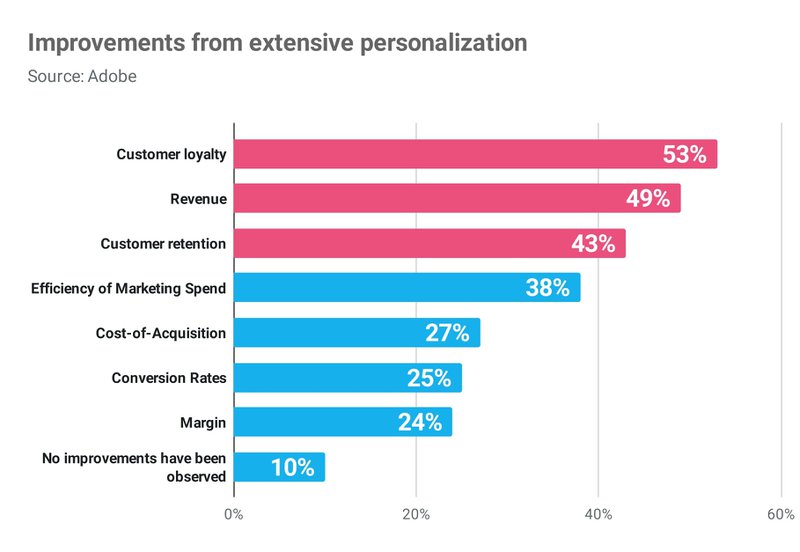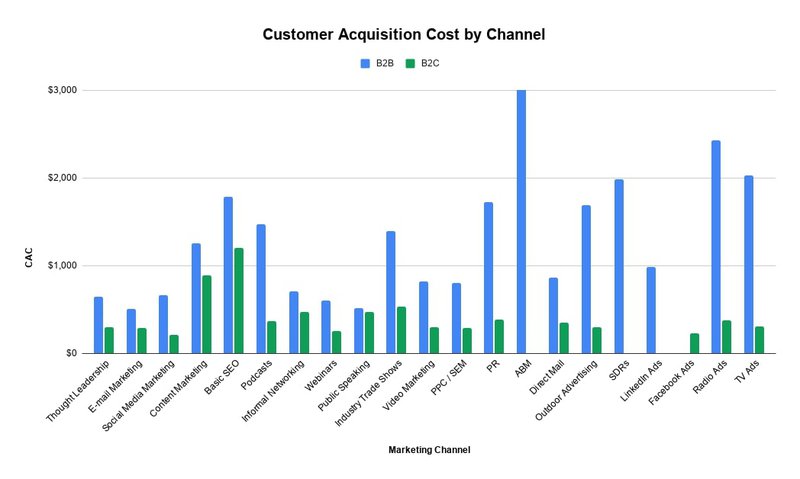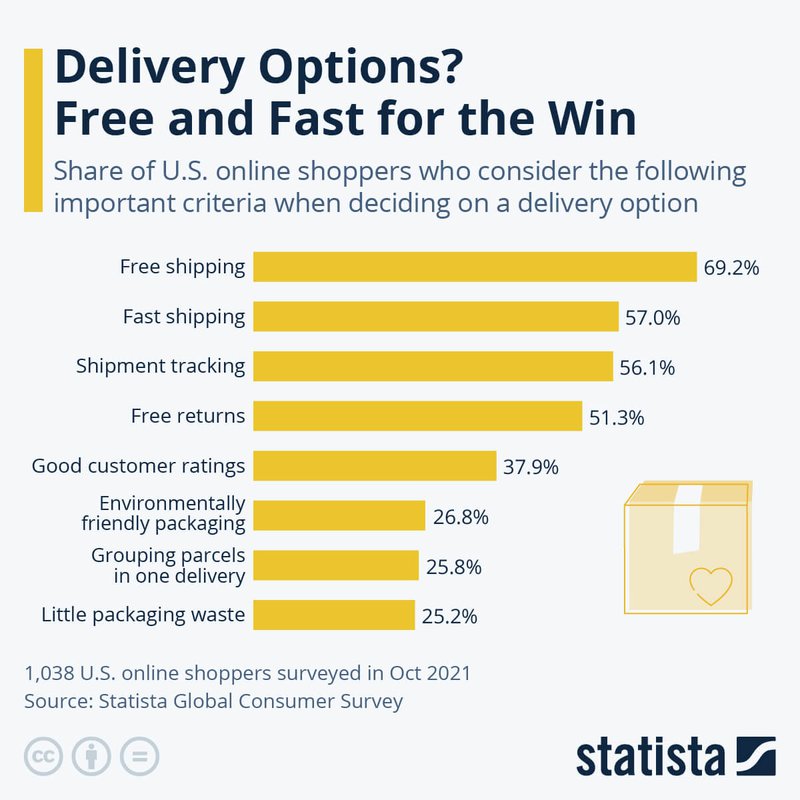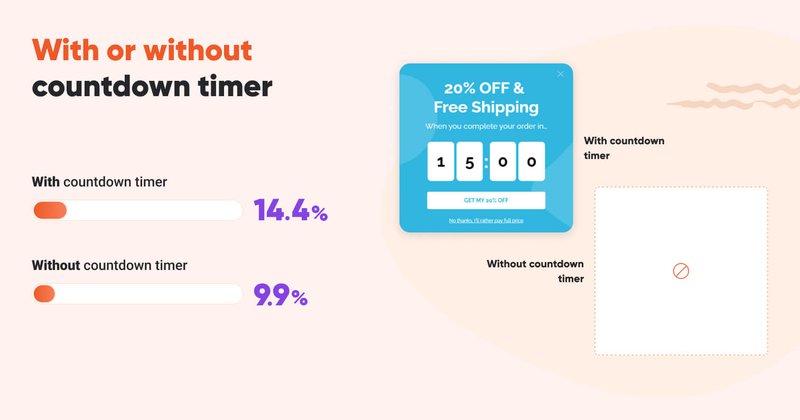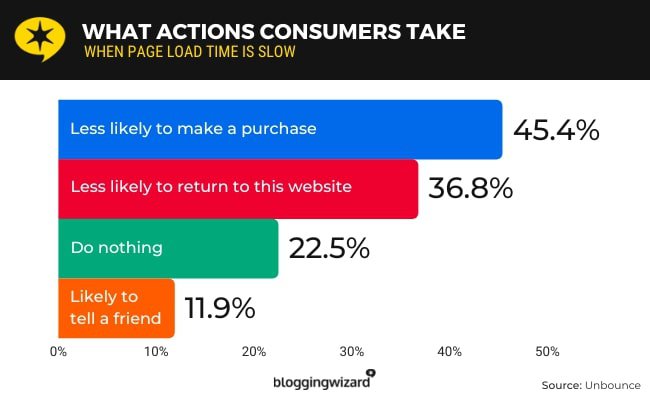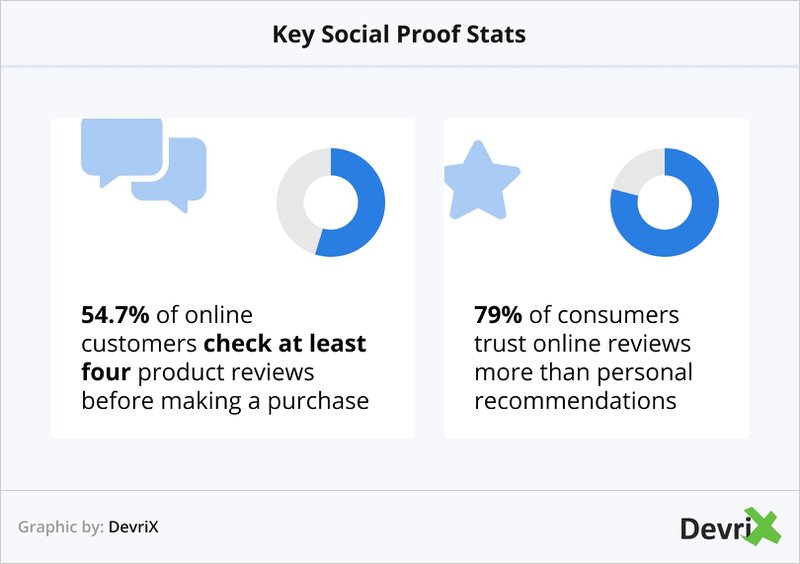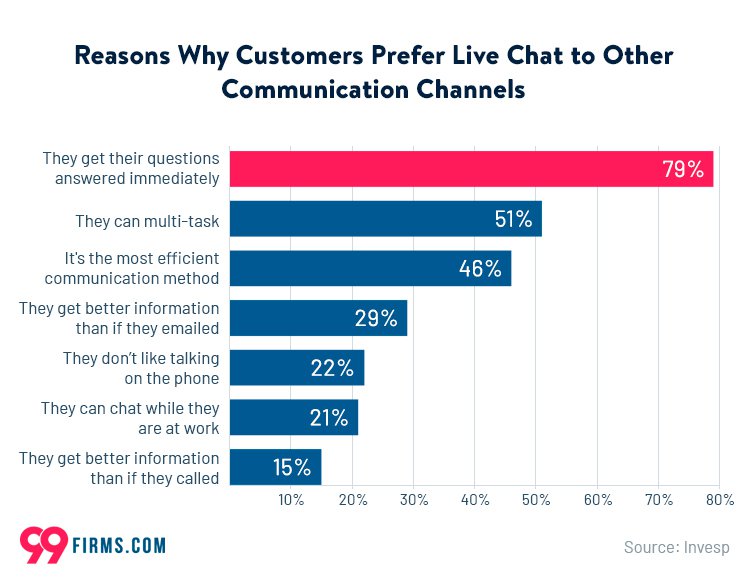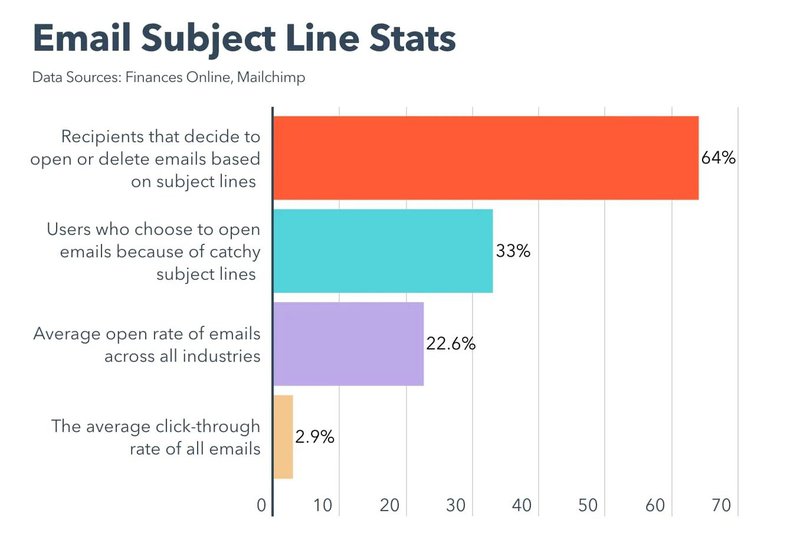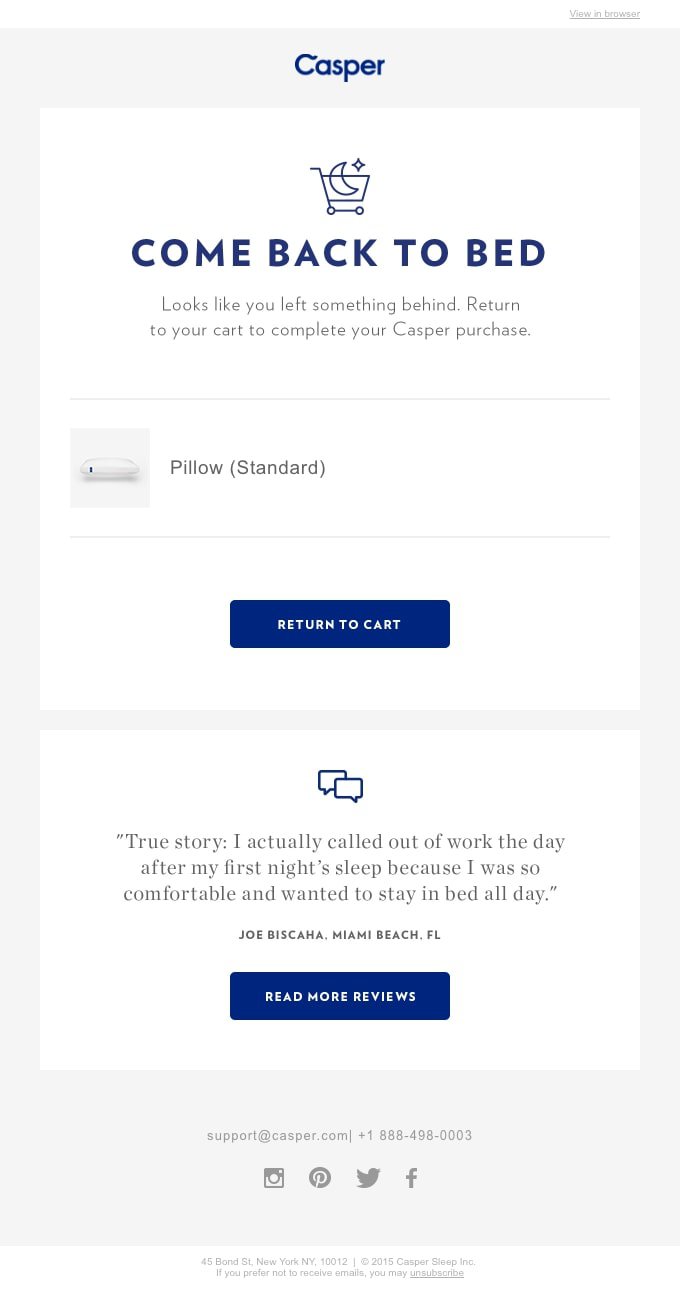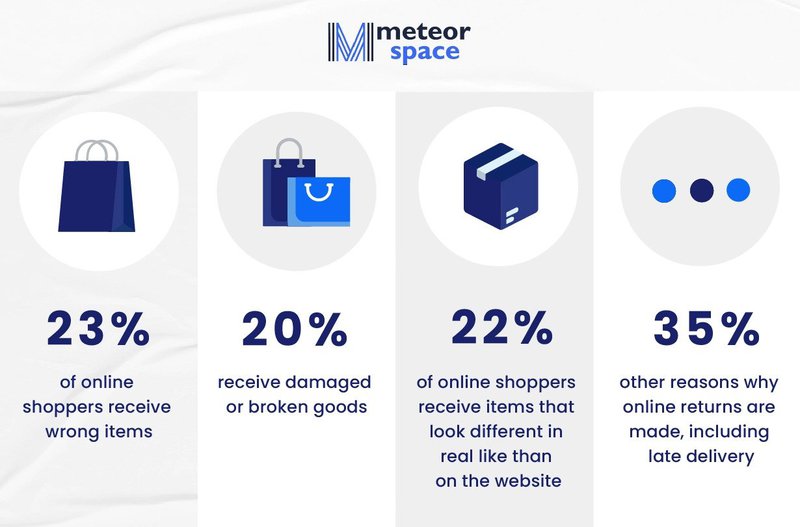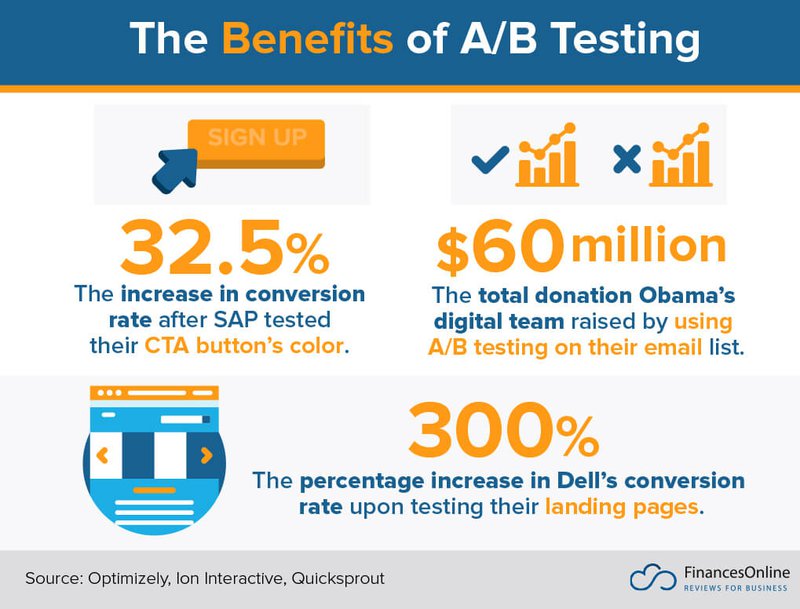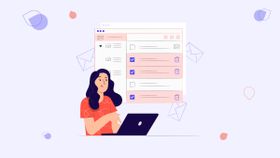Top 31 Strategies for Abandoned Cart Recovery That Work
Finally! An explanation of abandoned cart recovery and prevention that every online business owner should read. Get expert tips and see our favorite examples.
Updated November 6, 2024

Imagine walking through a vibrant store and filling your shopping cart with anything that catches your eye. Each additional item represents a decision, a desire to make a purchase. But just as you're about to finalize your choices and head to the checkout, you hesitate. Then you decide to leave your cart behind.
You may have legitimate reasons. You remember the other supermarket down the road has an offer on peanut butter. Or the cashier frowned at you. Or you noticed the conveyor belt is really dirty.
Or you simply didn't fancy making pizza tonight anymore, so all the pizza paraphernalia was no longer necessary.
Whatever it is, it's your right as a customer to do it. But if you're the business owner behind the cash register, seeing someone leave their cart behind can be disheartening.
This scenario is all too familiar in the world of eCommerce, where shopping cart abandonment is easier than blinking and untapped potential is rampant.
How to break through your buyers' habits and convince them to check out? Read on to learn about abandoned cart recovery – and the role your email marketing strategy plays in it.
What is abandoned cart recovery?
Abandoned cart recovery refers to the process of automatically reminding shoppers who add products to their cart but don't complete their purchase. These reminders are often sent as emails, 24 hours after the cart abandonment, but they can also come as retargeting ads or push notifications.
The main point of abandoned checkout emails, ad retargeting campaigns, or push notifications is to revive interest in potential customers who've shared their email addresses with you and were logged in when they abandoned your online shopping cart.
Top 7 advantages of recovering abandoned carts
According to Baymard Institute, abandoned cart rates in 2023 are quite high: 70.19% of shoppers leave online stores without completing their shopping process. That's a lot of money left on the table for eCommerce business owners – a strong reason to want to reduce the shopping cart abandonment rate.
Here are the main reasons for sending cart abandonment emails and getting shoppers back to their carts as much as possible:
Increased revenue
The most obvious and enticing benefit of mastering abandoned cart recovery is the direct boost in revenue. Those revived carts equal sales, translating into improved financial outcomes for your business.
Look at it this way too: getting potential customers to pay attention to your site and products is also a cost you need to consider. Every ad, email, various forms of content, and influencer collaboration costs your business money that you can't. So does having visitors to your website wander around, and then leave their products at the checkout.
Converting cart abandoners means your cost per acquisition goes down and it brings more revenue into your bank account.
Customer insights
Every abandoned cart carries a hidden lesson.
By delving into the reasons behind these abandoned baskets, you gain valuable insights into customer behavior and shopping journey, so you can enrich your data sets, refine your strategies, and enhance the overall customer experience.
Enhanced customer relationships
Going the extra mile to demonstrate your commitment to customers, even after they've wandered away, builds a sense of trust and loyalty. It communicates that you value their experience beyond the transaction. That's how you ultimately build a customer base ready to come back to your store. Repeatedly.
Competitive edge
Employing effective abandoned cart recovery strategies sets you apart in a competitive market. It showcases your dedication to customer satisfaction and highlights your proactive approach to addressing their concerns.
According to Zendesk, 72% of consumers feel loyalty toward at least one brand. Analyzing your cart abandonment metrics and implementing solutions that prevent abandonment from happening shows you care about your customers' experience. As such, it helps you build the kind of brand shoppers are loyal to.
Cost-effective strategy
Abandoned checkout emails, ads, and push notifications are more cost-effective than acquiring entirely new customers. These individuals have already expressed interest in your products, making them more likely to convert.
Plus, acquiring customers can be expensive. Depending on your industry, niche, and types of products, your cost per acquisition could be between $45 and $50 (or more!).
Sending abandoned checkout emails implies a minimal cost (as do push notifications). So instead of spending another $50 to acquire a new customer, you can spend a lot less on re-engaging cart abandoners who've already gone almost all the way with shopping in your store.
Improved conversion rates
Converting shoppers who've already shown intent to buy is often easier than converting completely new visitors. They already know the products and the brand – so much so they even added your products to their cart and were almost ready to buy.
Abandoned cart recovery boasts higher conversion rates due to the existing interest. As a general rule, anything between 2% and 5% is seen as a good conversion rate for emails. However, cart recovery emails have an average conversion rate of 8.76%. These are, of course, general benchmarks and the numbers can vary (quite wildly) across industries, seasons, and from one store to another. Still, the data shows how effective abandoned cart recovery can be.
Personalized marketing
Running cart abandonment email campaigns and analyzing the reasons behind cart abandonment helps you learn more about your potential customers, their preferences, and what they really need from you.
As such, it helps you craft personalized messages and offers that resonate. A personalized follow-up email makes your customers feel important by speaking to their specific wishes, enhancing the shopping experience and driving engagement.
Common reasons for cart abandonment
Before you devise strategies for your checkout recovery emails, make sure you understand why cart abandonment happens in the first place.
There are many reasons why someone would stop in their tracks with the purchase process, but there are a few leading culprits:
Unexpected costs
Say you're in a pastry shop and you get two pains au chocolat for $5 each and one croissant for $3. That's a total of $13 which is exactly what you expect the cashier to ask from you.
But as she types in the products, you see $20 on the cash register's display. You ask what's going on and she says, "Well, the pains au chocolat are $5 for the pastry and $3.5 as an extra cost for the chocolate inside."
Would you pay up? Or would you turn around and leave? Chances are you'd say a polite "No, thank you," and leave.
The same happens in eCommerce too. Hidden shipping fees or surprise charges can be a jolt to shoppers, leading to cart abandonment. The solution is transparency — clearly state all costs upfront.
Complicated checkout process
If your checkout process resembles a maze, shoppers might get frustrated and abandon ship. This is particularly important in the online game, where commodity is the name of the game.
You might find it semi-acceptable to get lost in a massive shopping mall. But online shopping sessions are supposed to be easy, smooth, and hassle-free.
From the checkout form to the payment methods, your entire checkout process should be simple and intuitive.
Lack of trust
Sharing payment information requires a high level of trust. To pre-empt customers' anxiety about this, display trust symbols, secure payment gateways, and transparent privacy policies to alleviate concerns about sharing payment details with you.
This is important regardless of whether your customer knows you or not. Trust is hard to gain and easy to lose, so even the smallest issue related to the purchase process can make them lose their faith in you.
Window shopping
Some visitors engage in casual browsing without the intention to buy -- similar to what you'd do on a Sunday afternoon at the mall (except from your couch).
When you send reminders to customers like these, make sure you build your strategy around promotional emails. Offer a discount coupon, voucher, or free shipping to incentivize people to complete the transaction.
Price shock
High product prices can send shoppers searching for better deals elsewhere. To maintain shopper interest, ensure that your prices are clearly displayed, along with shipping fees and any discounts or coupon codes.
Distractions
Everyday life often interrupts the shopping journey. A ringing phone, a crying baby, WhatsApp messages, or a household chore can divert attention and result in abandoned carts. Reminding visitors of their carts can actually make for a smoother customer experience while helping you increase your conversion rate.
How to avoid abandoned carts
"Attack is the secret of defense; defense is the planning of an attack," said Sun Tzu in the now-world-renowned book, "The Art of War." Sure, comparing abandoned carts in the 21st century CE to war strategies in the third century BCE is a bit exaggerated, but the best way to lower your cart abandonment rate is to prevent it as much as possible.
Here are some tactics you might want to employ for your abandoned cart email content:
Display shipping methods
Shoppers appreciate knowing shipping costs and delivery times upfront. They definitely don't appreciate additional unexpected shipping costs. Eliminate the risk of last-minute sticker shock by providing clear information about
- The delivery companies you work with
- How shipping notifications are sent (e.g., via the shopper's email address, phone, etc.)
- How long the shipping takes on average
- The complete costs of shipping, including extra mileage if relevant
Include information about returns
Buying online is convenient, but a lot of shoppers may hesitate if they don't know what their return options are.
Be transparent about your returns and refund policies, display them prominently, and ensure customers understand the agreement terms before making a purchase. Having a generous return policy can also be beneficial. When shoppers feel like there is no risk in buying from you, they're more likely to take the chance.
Add a guest checkout option
Not everyone wants to create an account. In fact, a lot of people don't. According to a survey run in 2022, 43% of people prefer a guest checkout. What's more, 72% of guest checkout shoppers prefer not to log in even if they have an account.
In other words, if you don't have a guest checkout option, you're likely to lose a lot of potential customers.
Offer multiple payment options
Customers have varying payment preferences. Some want to pay by credit card, while others prefer cash on delivery or installment payments.
The more payment options you offer, the higher the chances of customers completing their purchase. This is also a great opportunity to build trust: your willingness to accommodate customer preferences regarding payments makes others more likely to feel comfortable working with you.
Include a visible coupon field
Some eCommerce websites make it difficult for customers to find the coupon field. If you offer vouchers, make sure your coupon field is clear and visible, so people don't have to waste time finding it.
Or even better, use auto-apply coupons – coupons that apply automatically when buyers click on the checkout recovery link in an email or retargeting ad, for example.
This is a small change, but it can make a big difference in the shopping experience.
Incorporate exit intent pop-ups
As a shopper's cursor drifts towards the close button, deploy a pop-up with a compelling offer to entice them to stay a little longer. On average, exit intent pop-ups convert 4 to 5% of all potential customers. It might not seem like a huge deal but it's almost five to ten times higher than the conversion rate on, say, display ads.
The key to making sure your pop-ups increase cart sales is making them relevant and well-timed. If the shopper has to navigate an avalanche of pop-ups before they even get to the checkout, they'll likely abandon your website, known as browser abandonment.
Send out abandoned cart emails
Cart abandonment emails are friendly reminders that share a checkout link and encourage shoppers to reconsider the products they left behind.
Consider these messages as a post-it note for a forgetful friend: "Hey, don't forget to get a new pack of coffee for Monday morning!"
Later in this article, we'll dig into how to write abandoned cart emails that feel like a well-intended nudge rather than an aggressive marketing push.
Use retargeting ads
Retargeting ads strategically showcase abandoned products across different platforms, ensuring your products stay top-of-mind for shoppers. The key to running successful retargeting ads is making the ads stand out in their design and ad copy.
You need to make sure these ads are relevant to your potential customer's interests and needs, otherwise, you risk annoying them instead of inspiring them to buy. These ads need to tap into your buyers' sense of curiosity, urgency, and idealism.
You also need to ensure the ads appear on the sites and social networks your audience actually spends time on, for as long as it's necessary – without making them overwhelming.
Make your website fast and functional
Two-thirds of consumers expect their entire checkout to take 4 minutes or less. If your pages aren't loading fast or if there's any bug on the way to placing an order, you risk losing customers.
It's easy to see why there's a "need for speed" here. People shop online because it's quick – a slow-loading page makes the experience feel like anything but.
Optimize for mobile devices
With mobile shopping on the rise, ensure your website is mobile-responsive and delivers a seamless experience for users on various devices.
Around 75% of people in the US report using mobile phones to shop online. That number is even higher among adults under 50. Therefore, make sure your website is mobile-friendly, down to the smallest detail.
Use social proof
According to research, 97% of shoppers check reviews before buying something. More even, people are likely to spend 31% more buying from businesses with great reviews.
Highlighting reviews, ratings, and testimonials from other customers establishes credibility and builds trust, which can help hesitant shoppers feel more comfortable making a purchase.
Product thumbnails in guest checkout
Including visuals of selected items, even for guest checkouts, helps shoppers visualize their choices, reducing the likelihood of abandonment.
Think of these product images as a reminder of what the shopper is buying (or missing out on if they don't buy), and a confirmation that the choice was well-thought-out and something they actually want.
Show savings on the checkout page
Everyone loves a bargain. Showing shoppers that they're getting something special makes them more likely to complete the purchase.
On your checkout page, show them how much money they are saving by buying the item, or bundle of items, now. This type of promotion is simple yet highly effective. It provides an extra incentive for people to click the "confirm purchase" button.
Easy website navigation
A straightforward navigation system simplifies the shopping experience and reduces frustration, enhancing the likelihood of completing a purchase.
Make sure shoppers can easily locate items within the categories they need and understand what each label stands for.
A good navigation system should accommodate different types of customers: from those who know exactly what they're looking for to those who are browsing and exploring. Include filters to make it easier for people to find products by type, color, or size.
Offer live chat support
Real-time assistance addresses immediate concerns, helping undecided shoppers make informed decisions and reducing the chance of abandonment.
Look for a live chat platform that integrates with your website and offers features like automated triggers, personalized messaging, and integration with popular shopping carts.
Why send cart recovery emails?
Emails provide a direct line of communication with customers. They offer a personalized way to reach out and remind shoppers about their abandoned carts, without overwhelming them with intrusive tactics.
Unlike ads and push notifications, emails also feel less intrusive. People have to give their direct, explicit consent to receive them. When done right, email campaigns can help you recover lost sales and improve customer loyalty.
Last but not least, emails are cost-efficient too. Retargeting ads can definitely work in many situations, but sending out an email is usually much cheaper.
How to write efficient abandoned cart emails
Some businesses may shy away from sending abandoned cart emails, thinking they're too pushy and sales-y for modern shoppers. Used strategically, however, these marketing emails can provide value to the company and the customer – you just have to know how to write them correctly.
Here are some tips to help you write cart reminder emails that work:
Add product pictures
Visual cues jog the memory of shoppers and remind them of the items they left behind, making it more likely they'll return.
Including product images is also important from a branding perspective. After all, customers expect to see your logo and other visual elements across different mediums -- no matter the context.
Write an enticing, unique subject line
An email subject line that piques your audience's sense of curiosity is more likely to grab attention and motivate the recipient to open your reminder email.
You can also use the customer's name in the subject line to add a bit of personalization. This helps people feel like they're getting an exclusive offer, making them more likely to click through and take action.
No time to craft subject lines and email content your audience can't ignore? Leave it to one of the vetted email copywriting freelancers at Mayple. Contact us and we'll match you with the best copywriter for your industry!
Offer a discount
Nothing drives conversions like discounts. Offering a coupon code, free shipping, or other promotions can effectively draw the customer back to your website and complete their purchase.
Make sure it's something that provides real value for customers, otherwise, they won't view it as an incentive enough to return and place the order.
Include information on how to use the coupon or voucher, e.g., explain where the coupon field is at checkout or if the customer needs to click a link for an auto-apply coupon.
Include ratings and reviews
Testimonials from previous customers add credibility to your products and can positively influence the shopper's decision.
Including ratings and reviews in an abandoned cart email is a win-win situation. It helps you boost your credibility as a business and it helps customers make informed decisions without abandoning their purchase process.
Remind buyers of important purchase details
Your abandoned checkout email shouldn't be longer than any other promotional email. However, you should make sure to include details on how the transaction can be completed, e.g., payment methods, estimated delivery time, and so on.
Include information about returns
Every bit of your abandonment email body should be useful for the customer. Addressing concerns about returns, for example, reassures shoppers that their satisfaction is a priority and encourages them to complete the purchase.
In addition, be sure to include a link to your returns policy so customers know their options. This way, they'll feel confident in their purchase and will have an additional incentive to check out.
Create a sense of urgency
Creating a sense of urgency is a great way to motivate customers to take action, like setting deadlines or limiting the duration of discounts and promotions. For instance, you could mention that your auto-apply coupon will only remain valid for a limited amount of time. Or you could tell users there's a limited-time discount on complementary products to urge them to complete the shopping process and add more to their cart.
This will encourage shoppers to consider the benefits of completing their purchase now, rather than waiting until later. It's an effective way to reduce cart abandonment and increase conversions.
If discounted, show the full price of the product
Remind shoppers of the product's original value, and how much they're saving by taking this specific opportunity. Doing this emphasizes what they stand to gain by completing the purchase – and the chance they're missing out on if they don't take action now.
Make sure your CTA stands out
A clear and compelling call-to-action (CTA) guides the shopper's next steps and encourages them to return to their cart.
Using color, fonts, and action words (e.g. "Shop Now" or "Complete Purchase") helps to make the CTA stand out within the email.
Show similar products
Suggesting alternative products similar to what they abandoned can rekindle interest and offer additional options. It's also an opportunity for you to cross-sell or present potential shoppers with options in the same product category.
You can also provide recommendations based on their past purchases or items they have saved to a wishlist. Providing shoppers with multiple options increases the likelihood that they'll find something they're interested in and complete the purchase.
Include quick guides or pictures
Providing guidance on how to use the product or showcasing it in context can help shoppers visualize its value, making them more likely to return. Just like product pictures, these guides help shoppers visualize themselves owning and using the product and the impact that will have in their lives.
Offer reduced or free shipping
More than two-thirds of US shoppers admitted they didn't complete a purchase because they had to pay shipping – so offering free delivery could be the incentive your customers need. Remember to also explain clearly how the shipping works and when it will arrive.
Segment your customers
Segmentation allows you to customize your email content to how familiar customers are with your brand. In abandoned checkout emails, you could segment your lists based on whether customers are new or returning.
For example, including a video for new customers on how to use the product can give them a better understanding of its value. On the other hand, returning customers may need more specific information about why they should purchase now.
Create an email series
Instead of a single email, consider sending an email flow spaced over a few days. This gradual approach increases the chances of re-engagement.
For instance, the first email could be a gentle nudge reminding them of the items they left behind. The second could let them know about discount codes or promotions they can take advantage of, and the third could be an urgent message with a clear call to action.
Run A/B tests
Experiment with different email formats, subject lines, email preview texts, and email content to identify the most effective combinations that yield higher open and conversion rates.
Also, consider testing different trigger times and frequencies for when the emails are sent out. Different combinations of factors can have a significant impact on open rates, so be sure to continuously test and measure your results.
Other channels for abandoned cart recovery
Beyond email, there are additional avenues you can explore to recapture those abandoned carts:
- Retargeting campaigns: If you have cookies installed on your website, you can "follow" shoppers across the web, showcasing the abandoned products and gently reminding them of what they left behind. These retargeting campaigns can be placed on networks like Google Display or social media channels, like Facebook or Instagram.
- Push notifications: If your business has a mobile app, sending push notifications can serve as gentle reminders for users to return and complete their purchase.
Abandoned cart recovery: art, science, and customer-centricity
Abandoned cart email templates and "recipes" can only go so far. They're great at giving you a headstart, but you can't rely on them only.
Mastering the art of abandoned cart recovery is not just about sales; it's about building stronger customer relationships and understanding their needs.
Don't look at your abandoned cart recovery strategy as a chase. Look at it as you would look at building a relationship: introduce yourself, go out on a date, and then start having conversations. That's how you get to know the person better and make each other a part of your lives.
Focus on understanding customers' needs, providing helpful information, and taking steps to build trust. This way, cart recovery emails (and marketing emails in general) become more than a sales tactic. They're an opportunity to develop deeper connections with shoppers and create meaningful connections.
And that is priceless because customers who feel for your brand will buy from you. Again. And again.
Want to make sure your eCommerce email marketing strategy is flawlessly executed? Hire an email marketing agency vetted by Mayple. Contact us and we'll match you with the right people in a matter of days!
